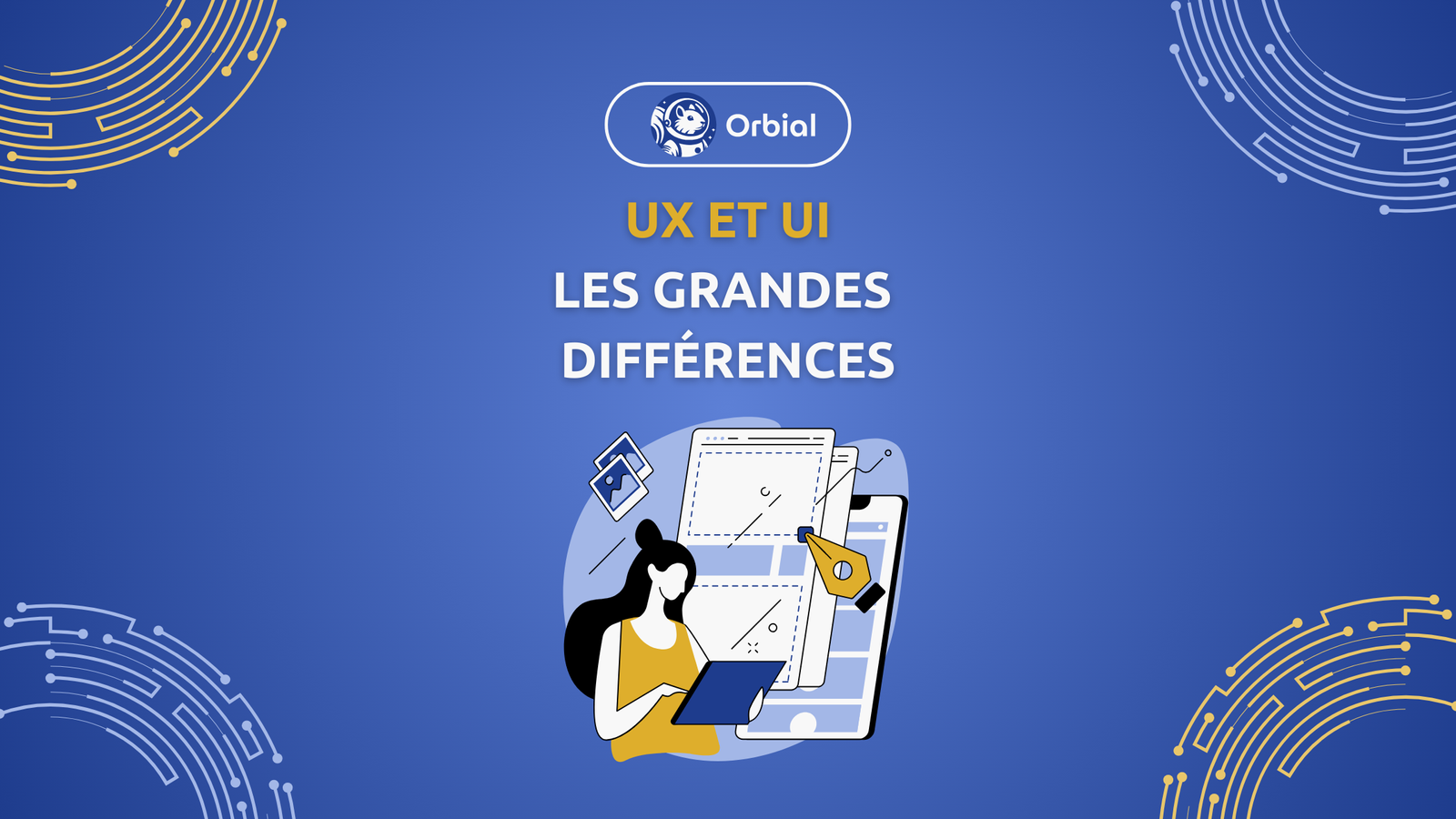User experiences (UX) and user interface (IU) are two basic pillars of digital design. Although they are often confused, they meet different and additional goals. UX is a set of user feelings and perception when it interacts with the product, from discovery to use. UIS, on the other hand, is a visual and interactive aspect of this product, that is what the user sees and manipulates directly. These two principles cannot work without others. UI needs UX to find out what the user needs to see and process to work. UX also needs IU in the opposite direction to set everything that will be used. Follow this article with me and learn more.
UX: Behind the interface
The UX designer focuses on users and their needs. He tries to understand how the user thinks, what he expects from the product and what his frustration is. Used to do this with tools and methods:
- Interviews with users: These interviews enable to collect direct testimonies of user experience with an existing product or concept.
- Personas: In this case, these are fictitious representations of standard users created from data collected during research.
- Course cards: They visualize the steps that the user takes to achieve a specific goal, allowing you to identify friction.
- Applicability tests: These tests allow you to observe actual users in interacting with the product to identify use problems.
Designer UX is not satisfied with data collection, it analyzes them to learn and define design strategies. It ensures that the product is easy to use, intuitive and meets the real needs of users.
Example: Take the case of a food supply application. Designer UX will think about the effort with which the user can find a restaurant, place your order and track their delivery. Perhaps he will think about how to contact customer service in case of problem and use the map. Will he also try to understand the user’s emotions: Is he impatient, anxious, happy? You have to figure out how every emotion will lead the user to this or the action.
UI: a visual and interactive aspect
Designer UI is a real digital artist. It provides life to the ideas of designer UX by creating visually attractive and functional interfaces. So he works on:
- Typography: The selection of fonts and typos sizes is essential to ensure good readability and good hierarchy of information.
- Color selection :: Colors have a significant impact on users’ emotions and perception. So you have to choose them carefully.
- Iconography: The icons must be clear, simple and intuitive to facilitate the understanding of functionality.
- Layout: The organization of elements on the screen is essential for the user’s eye management and the navigation facilitates.
Example: In the case of food delivery application, the user interface designer will design an interface with bright and tasty colors. As a result, the icon represents different types of meals and a clear and modern typo. It also ensures that the action buttons are large enough with good contrast to be easily identified. He will also have to think about how to create ideas that graphically graphically graphically graphically.
Resources:
https: // next formation.com/blog/changer-de-metier/difference-ui-t-x-xesign#:~:Text=l’Ux%20est%20l’acronme.lescs%20VA%20interagir%20l’intetute.
https://blog-ux.com/quelle-difference-entre-ux-design-et-ui-design/
https://www.asi.fr/blog/ux-ui-quelle-est-difference
UX and UI: A major cooperation
UX and UI are more or less inseparable. Excellent user interface design cannot exist without UX fixed base. On the contrary, an exceptional user experience cannot be performed without a visually pleasant and intuitive interface.
Here is the idea of how design can be realized:
- You want to start, user search: Understand the needs and expectations of the user.
- Definition of information architecture: It is necessary to structure content and functions necessary to create an experience.
- Creating wire images: Draw the skeletons of the screens. This is that the idea of user experience will eventually be visible and the first graphic ideas will come out.
- Model design: Give life wire images by adding visual elements. Pupimple, colors, typography, so the work of the UI designer begins.
- Prototyping: Create an interactive version of the user interface interface. As the buttons and pages of Chak together interact, this is the first step towards a usable application.
- User Tests: The most important point and the second. Specify the design according to the user’s feedback.
Finally, UX designers and UI designers work in close cooperation during the design process. The UX designer defines the basics of experience, while the UI designer gives these foundations life by creating a visually attractive interface.
Finally, UX focuses on understanding the needs of users and the creation of significant experience, while IU focuses on visual implementation of this experience. To create digital products, close cooperation between UX designers and UI designers are necessary. Together, they meet the expectations of users and excel in competition. Do not hesitate to contact Orbial and learn to make a product usable by the largest number.


